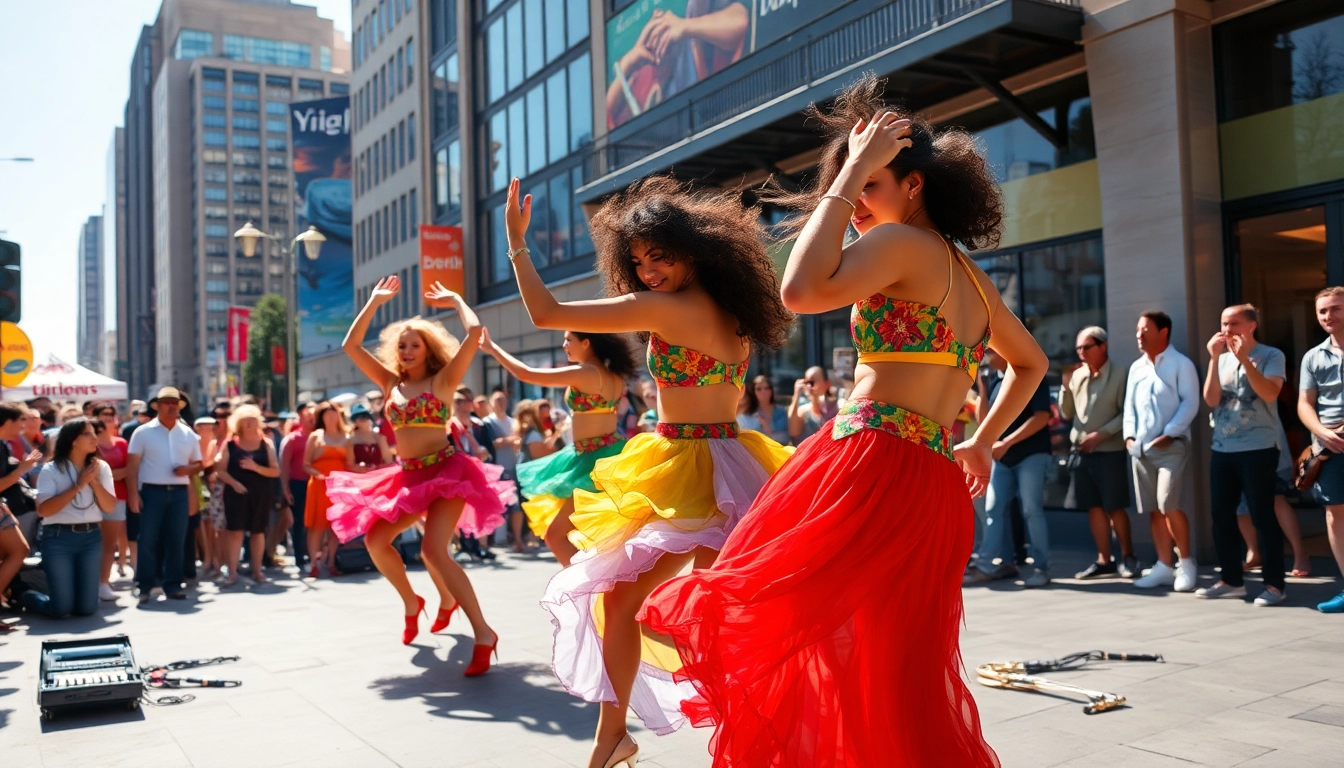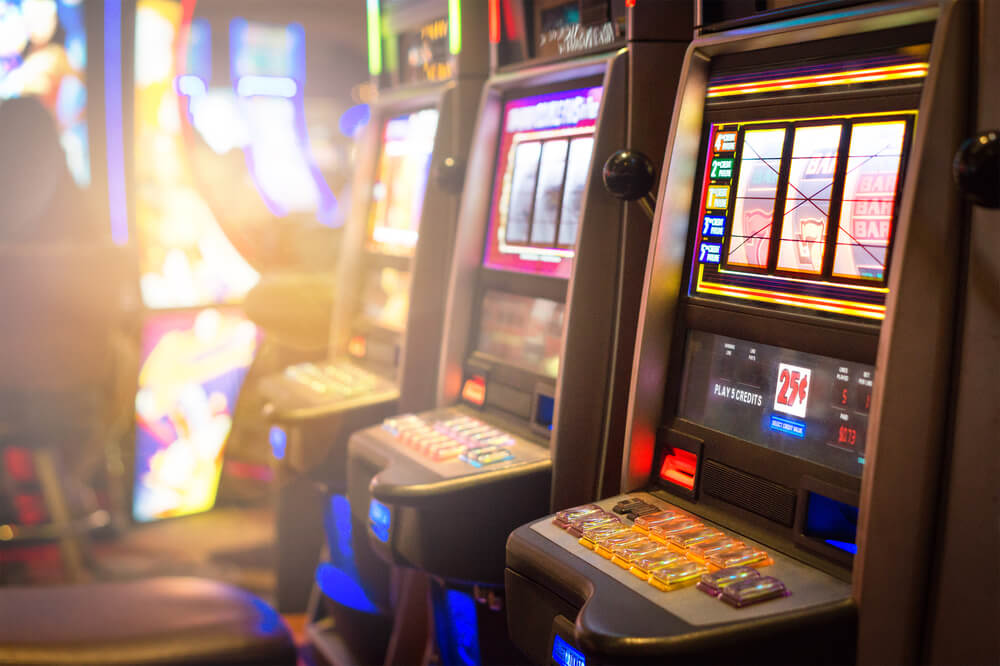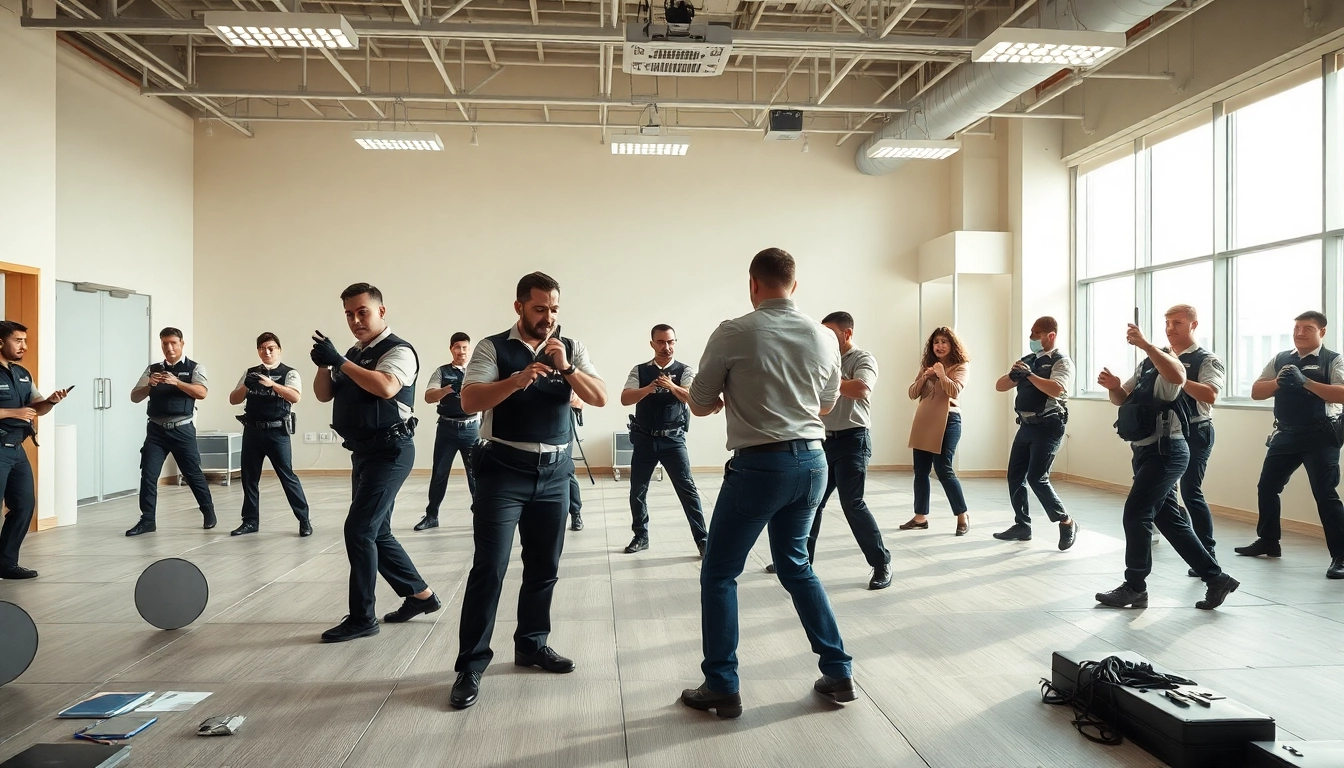
Understanding Art Entertainment
Defining Art Entertainment in Modern Context
Art entertainment serves as a multifaceted domain that blends creativity and expression with engagement and enjoyment. It encompasses various forms such as visual arts, performing arts, and interactive experiences, marking a significant evolution in the way audiences engage with artistic expressions. The convergence of creativity with entertainment allows for not just passive observation but active participation, transforming how individuals experience art. As our cultural landscape shifts, art entertainment emerges as a critical component, enabling artists and creators to reach broader audiences and foster deep connections with their work.
Importance of Art Entertainment in Society
Art entertainment plays a crucial role in society by promoting cultural expression, enhancing emotional well-being, and fostering community engagement. It acts as a catalyst for dialogues, allowing diverse voices and perspectives to be shared and understood. In addition to enriching individual experiences, art entertainment also drives economic growth through venues, festivals, and creative industries. As people participate in art entertainment, they create shared memories and experiences that can strengthen social bonds within communities.
Key Components of Art Entertainment
The components of art entertainment are diverse yet interconnected. They include:
- Creativity: At its core, art entertainment invites the imagination to flourish through diverse artistic mediums.
- Engagement: It emphasizes interaction between the audience and the artwork, be it through viewer participation, immersive installations, or live performances.
- Accessibility: Making art accessible to various demographics ensures that everyone can engage with and enjoy it, breaking barriers that might deter participation.
- Technology: Incorporating technology enhances the reach and experience of art entertainment, from virtual reality exhibitions to social media collaborations.
Types of Art Entertainment
Visual Arts as a Form of Art Entertainment
Visual arts encompass a wide range of creative expressions, including painting, sculpture, photography, and digital art. Each of these mediums offers unique avenues for artists to tell stories that resonate with audiences. Contemporary artists are increasingly blending traditional techniques with modern themes, resulting in innovative works that invite viewers to explore cultural narratives and personal reflections. Art exhibitions, gallery openings, and public art installations serve as platforms where visual arts thrive, engaging audiences through the visual language of creativity.
Performative Arts in Art Entertainment
Performative arts, such as theatre, dance, and music, hold a significant place within the realm of art entertainment. These forms rely heavily on time and space, creating a dynamic environment where audiences can witness spontaneous expressions of creativity. Performative arts not only entertain but also challenge perceptions, provoke thought, and inspire emotion. Festivals and live performances are key venues for showcasing these works, allowing celebratory interactions between performers and their audiences. The evolution of performative arts continues with immersive experiences, where the line between performer and audience blurs, making participation an integral aspect of the art.
Integration of Technology in Art Entertainment
With the rapid advancement of technology, the realm of art entertainment is increasingly incorporating digital elements. Virtual and augmented reality experiences allow audiences to step inside the art, creating interactive environments that redefine how art is experienced. Social media platforms serve as essential tools for artists to connect with audiences, share their processes, and promote their works. Online art galleries and digital installations continue to break geographical boundaries, making art accessible to a global audience.
Creating Impactful Art Entertainment Experiences
Elements of Engaging Art Entertainment
Creating an impactful art entertainment experience requires careful consideration of several elements:
- Storytelling: Artistic expression that tells a compelling story captures the audience’s attention and resonates emotionally.
- Interactivity: Allowing audience engagement through interactive installations enhances their connection to the art, making the experience more meaningful.
- Environment: The physical space where art is presented greatly influences the audience’s perception and enjoyment of the work.
- Multi-sensory Experiences: Engaging multiple senses through sound, sight, touch, and even smell can create a deeper level of immersion.
Strategies for Enhancing Audience Interaction
To foster deeper audience interaction, artists and organizers can implement various strategies:
- Create Interactive Installations: Encourage audience participation by designing spaces that invite them to touch, move, or change the artwork.
- Host Workshops and Discussions: Offer opportunities for audiences to engage directly with the art through hands-on experiences and dialogue with artists.
- Encourage Social Sharing: Create opportunities for audiences to share their experiences on social media platforms, enhancing visibility and reach.
- Utilize Technology: Incorporate apps or QR codes that provide additional information, creating a dynamic relationship between the audience and the art.
Measuring Success in Art Entertainment Events
Measuring the success of art entertainment events requires going beyond attendance numbers. Consider the following metrics:
- Audience Engagement: Assess the level of interaction, such as audience participation rates and feedback from participants.
- Social Media Impact: Analyze the reach and engagement of social media posts related to the event.
- Sales and Revenue: Monitor ticket sales, merchandise sales, and sponsorship revenue to evaluate financial success.
- Post-Event Surveys: Gather qualitative data through surveys to understand audience satisfaction and identify areas for improvement.
Challenges in the Art Entertainment Industry
Common Barriers to Accessibility
Despite the immense potential of art entertainment, there are significant barriers to accessibility that need to be addressed. These include:
- Financial Barriers: High ticket prices can limit access for lower-income individuals and families.
- Geographical Limitations: Rural or remote areas may lack venues and programming, making it difficult for audiences to access art entertainment.
- Disability Access: Inadequate infrastructure can prevent individuals with disabilities from fully experiencing art events.
- Cultural Barriers: Lack of representation and inclusivity in programming can alienate certain demographics from participating.
Navigating Financial Constraints in Art Entertainment
Funding for art entertainment often faces challenges due to shifting priorities and economic fluctuations. Innovative funding strategies can help navigate these constraints:
- Diversify Funding Sources: Seek grants, sponsorships, and crowd-funding to support projects and activities.
- Collaborative Initiatives: Partner with other organizations to share resources, audiences, and marketing efforts.
- Merchandising: Develop unique merchandise that resonates with the audience, providing an alternative revenue stream.
- Community Involvement: Engagement with local communities can inspire support and resources, leading to successful events.
Adapting to Changing Audience Preferences
Staying relevant in the art entertainment industry requires adeptness at adapting to evolving audience preferences. Key strategies include:
- Researching Trends: Regularly analyze audience feedback and trends to remain in tune with preferences.
- Offering Diverse Programming: Ensure a variety of options to cater to different tastes, interests, and demographics.
- Emphasizing Sustainability: Many audiences today prioritize sustainability; consider ways to make art entertainment more environmentally friendly.
Future Trends in Art Entertainment
Emerging Technologies Shaping Art Entertainment
As technology continues to evolve, its influence on art entertainment will only grow. Emerging technologies that are likely to shape the future include:
- Augmented Reality (AR): Enhancing physical art experiences with virtual elements can create interactive layers for viewers.
- Artificial Intelligence (AI): Using AI to generate art or create personalized experiences based on audience interaction.
- Blockchain: Exploring how blockchain technology can transform ownership and copyright issues in the art realm.
New Forms of Art Entertainment Experiences
The concept of art entertainment is evolving, leading to the creation of new forms of experiences that blend disciplines:
- Immersive Storytelling: Combining visual art, sound, and narrative to create fully immersive environments.
- Interactive Performances: Engaging audiences to influence the outcome and direction of a performance.
- Art Festivals: Curating multifaceted events that include various forms of art to provide audiences with a comprehensive experience.
Effects of Globalization on Art Entertainment
Globalization is directly influencing art entertainment by fostering cross-cultural exchanges. This brings forth opportunities and challenges:
- Cultural Exchange: Artists can draw inspiration from different cultures, enriching their work while encouraging dialogue and understanding.
- Global Audiences: Online platforms allow artists to reach broader audiences, but it also increases competition.
- Preservation of Local Traditions: Balancing global trends while preserving local cultural heritages is vital for sustaining unique artistic expressions.




